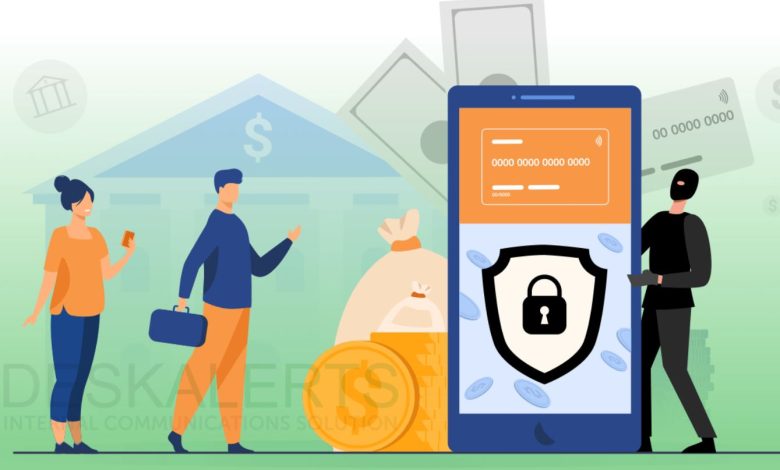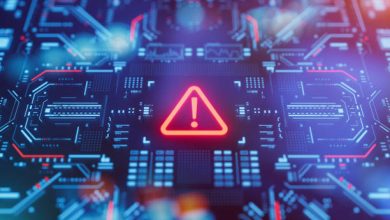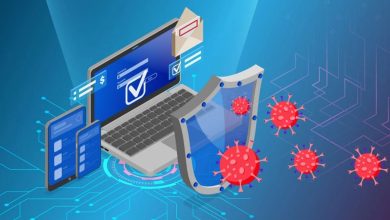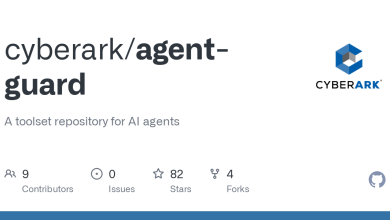Checkpoint Reminder: Cybersecurity Is the Backbone of Modern Banking
From Leveraging Zero-Trust Frameworks to Educating Customers, Banks Must Adopt Advanced Security Strategies to Counter the Evolving Cyber Threat Landscape

As banking transitions from physical ledgers to digital platforms, the foundation of trust faces unprecedented challenges from cyber threats, data breaches, and phishing scams that threaten to erode customer confidence, making cybersecurity not just a technological necessity but a trust enabler. Check Point Software Technologies Ltd., a pioneer and global leader of cybersecurity solutions is forging the way forward, fuelling the updated cybersecurity solutions needed to defend itself against today’s sophisticated attacks.
Consider this: Banks across Singapore are targeted with an average of 1,830 cyberattacks weekly, in the last six months according to Check Point’s Threat Intelligence Report. This sector is the third most heavily attacked, behind the Government/ Military and Utilities sectors. High-profile incidents such as the October 2023 cyberattack on local banks disrupted the national payment system, preventing transactions by domestic banks, highlight the devastating consequences of inadequate cybersecurity.
According to data from IMF (International Monetary Fund) and Advisen cyber loss data, in the last 20 years, the financial sector has lost USD $12 billion as a result of more than 20,000 cases of cyberattacks. The financial sector is often targeted by cyber criminals seeking to steal money or disrupt economic activity, especially due to the large amounts of monetary transactions and sensitive data each bank handles on a daily basis.
This brings into focus how essential cybersecurity would be to the banking industry as a whole. Robust cybersecurity frameworks serve as the invisible guardians of trust, ensuring that financial institutions can uphold their promises to customers in the digital age.
Cybersecurity and the Interplay of Trust and Technology
Trust and technology are inseparable in today’s banking ecosystem. While technology enables convenience through e-banking and mobile apps, it also opens avenues for sophisticated cyberattacks, such as phishing schemes and ransomware.
The collapse of this trust—caused by cyber breaches—leads to tangible losses, including:
- Financial Losses. Direct theft of funds or resources required for system recovery.
- Disruption of Critical Banking Services. Delays in e-payments and account access impact customers’ day-to-day lives, which could also cause spillovers to other institutions.
- Brand Erosion. Customer dissatisfaction and media coverage damage long-term reputation.
Such threats to the financial and economic stability due to erosion of confidence in the financial systems, could have further widespread consequences that could possibly go so far as to disrupt global finance operations by impeding the flow of credit between financial institutions. Maintaining customer trust now hinges on a bank’s ability to safeguard sensitive information and ensure seamless, secure transactions.
The Fight Against Cyberattacks on the Banking Industry
Governments globally have established regulations to fortify the cybersecurity framework within the banking sector, which has picked up pace in recent given that the financial sector is often perceived as a ‘critical infrastructure’ for each country.
For instance, in the United States, the FFIEC offers a Cybersecurity Assessment Tool to help financial institutions identify risks, while the Gramm-Leach-Bliley Act mandates safeguarding customer data and transparent information-sharing practices. Similarly, Europe’s GDPR enforces strict data protection laws, requiring banks to implement robust cyber security measures.
Here in Singapore, the Monetary Authority of Singapore (MAS) has issued the Technology Risk Management (TRM) Guidelines. These guidelines set out risk management principles and best practices to guide financial institutions to establish sound and robust technology risk governance, to help banks to manage technology and cyber risks effectively. Neighbouring nations like Malaysia and Indonesia are also ramping up cybersecurity policies, recognising financial institutions as part of their critical infrastructure.
In Australia, the Australian Prudential Regulation Authority (APRA) introduced Prudential Standard CPS 234, which aims to reduce cyber risk and improve cybersecurity by requiring that APRA-regulated entities maintain an information security capability commensurate with their information security vulnerabilities and threats, and employ vendor risk management practices to reduce the likelihood and impact of incidents.
The Best Means to Preventing Cyberattacks
- Implement zero-trust architecture. Assume all devices and users are untrusted by default.
- Leverage AI-driven threat detection. Artificial Intelligence can identify and neutralise anomalies in real time.
- Encrypt sensitive data. Secure data both in transit and at rest.
- Regular security audits. Frequent checks help identify and mitigate vulnerabilities.
- Secure third-party integrations. Vet vendors and monitor supply chain vulnerabilities.
- Provide customer education. Educating customers on best practices in cyber—from strong password policies to promoting MFAs and training customers to identify phishing attempts will go a long way in helping prevent such attacks. An informed customer is less likely to fall victim to fraud, reducing both individual and institutional risks.
Said Rebecca Law, Country Manager, Singapore, Check Point Software Technologies, “In the digital era, trust in banking is built not just on service quality but on the institution’s ability to secure its systems and data. Cybersecurity serves as the backbone of customer confidence, ensuring financial stability and operational resilience. As we celebrate the International Day of Banks this month, let us recognise that the trust customers place in banks is safeguarded by the quiet but powerful guardians of cybersecurity who advocate further investment in the latest cyber security offerings and robust efforts at defending this critical sector.”




